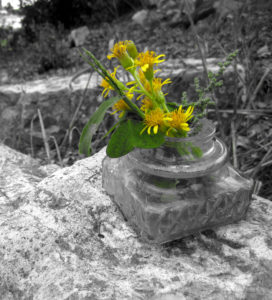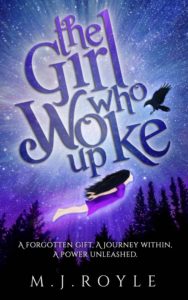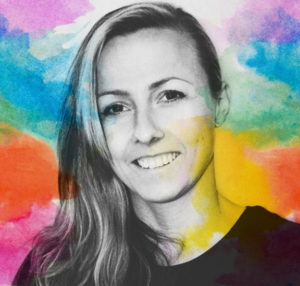Not a Robot
I am not a obot,someone else has control.
Darkness has entrapped my soul.
The mind has been programmed
It has been jammed.
Feeling traumatised , with horrible flash backs
They are in disguise,racing past my eyes.
Oh why, oh why did I get this nasty surprise?
Did it have to be that size?
I am not a robot,someone else has control.
The Darkness has entrapped my soul.
The mind has been programmed
It has been jammed.
Kirstie Grainger
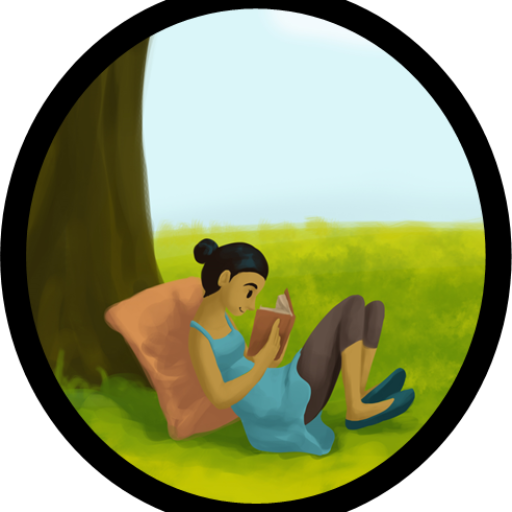
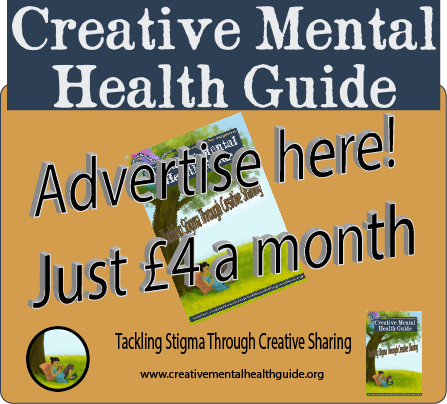
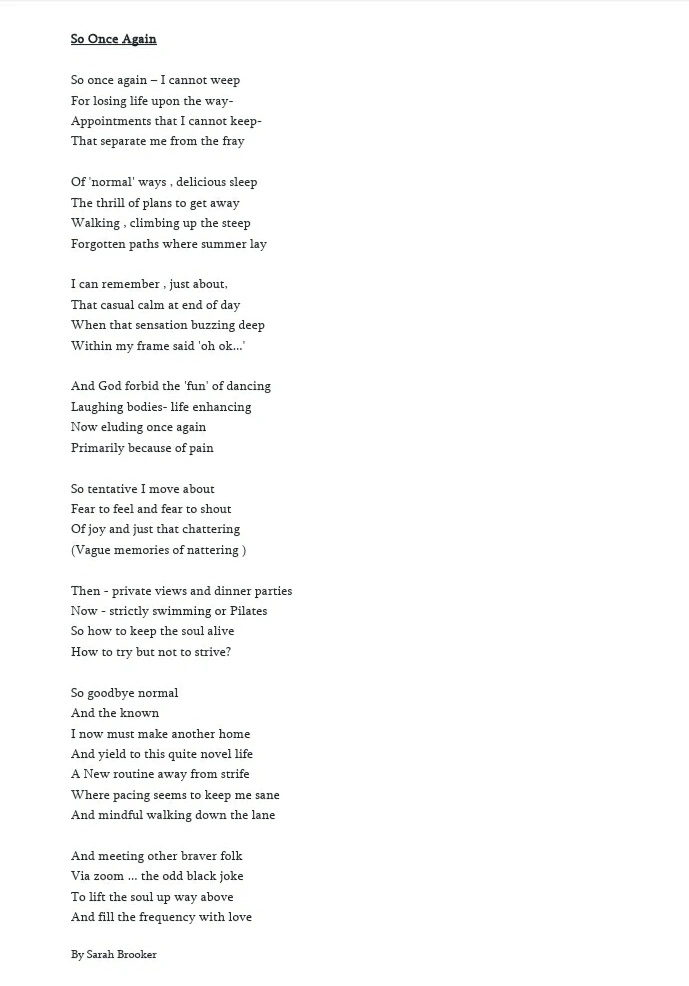
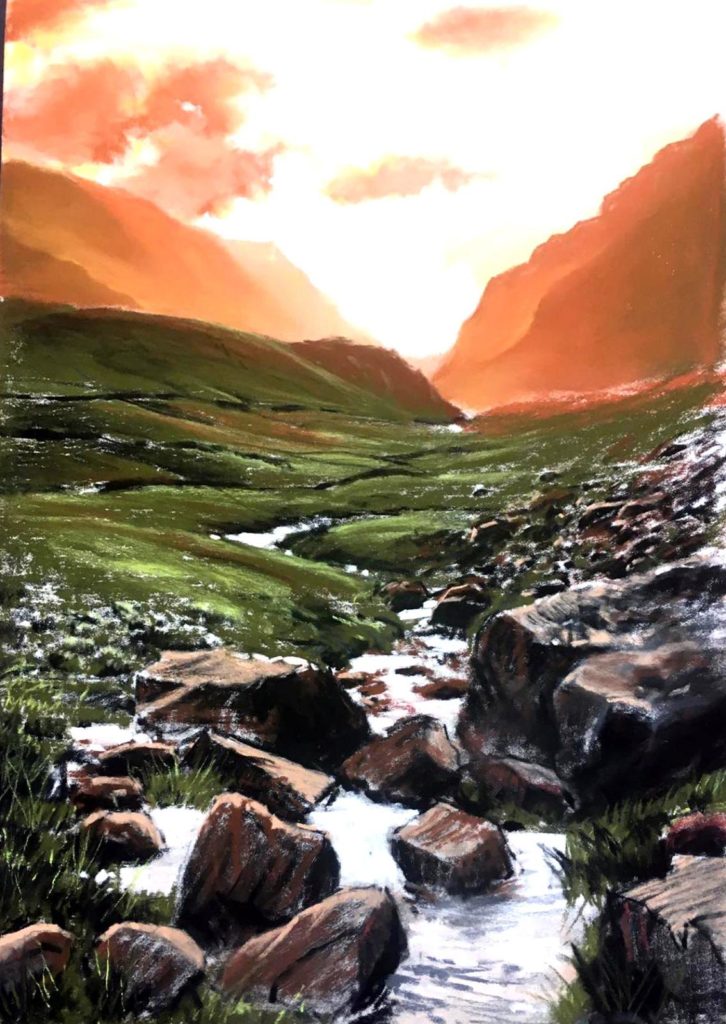

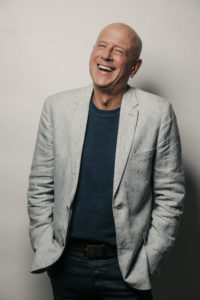
 This article is a special submission by Best Selling Author – Naomi Fryers. She has recently launched her book – A Very Long Way which is based on her personal struggles with mental health. Naomi Fryers is a
This article is a special submission by Best Selling Author – Naomi Fryers. She has recently launched her book – A Very Long Way which is based on her personal struggles with mental health. Naomi Fryers is a 